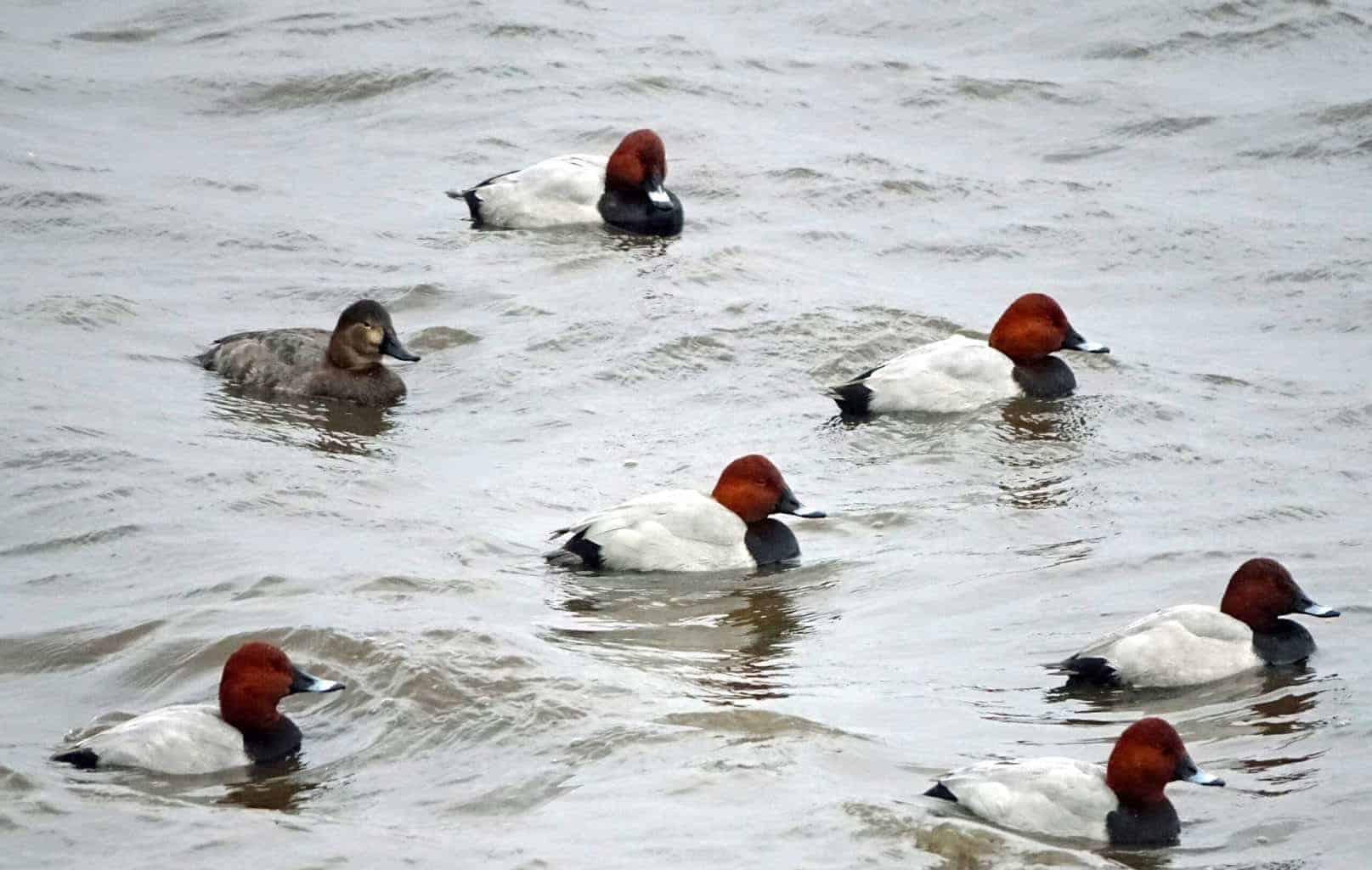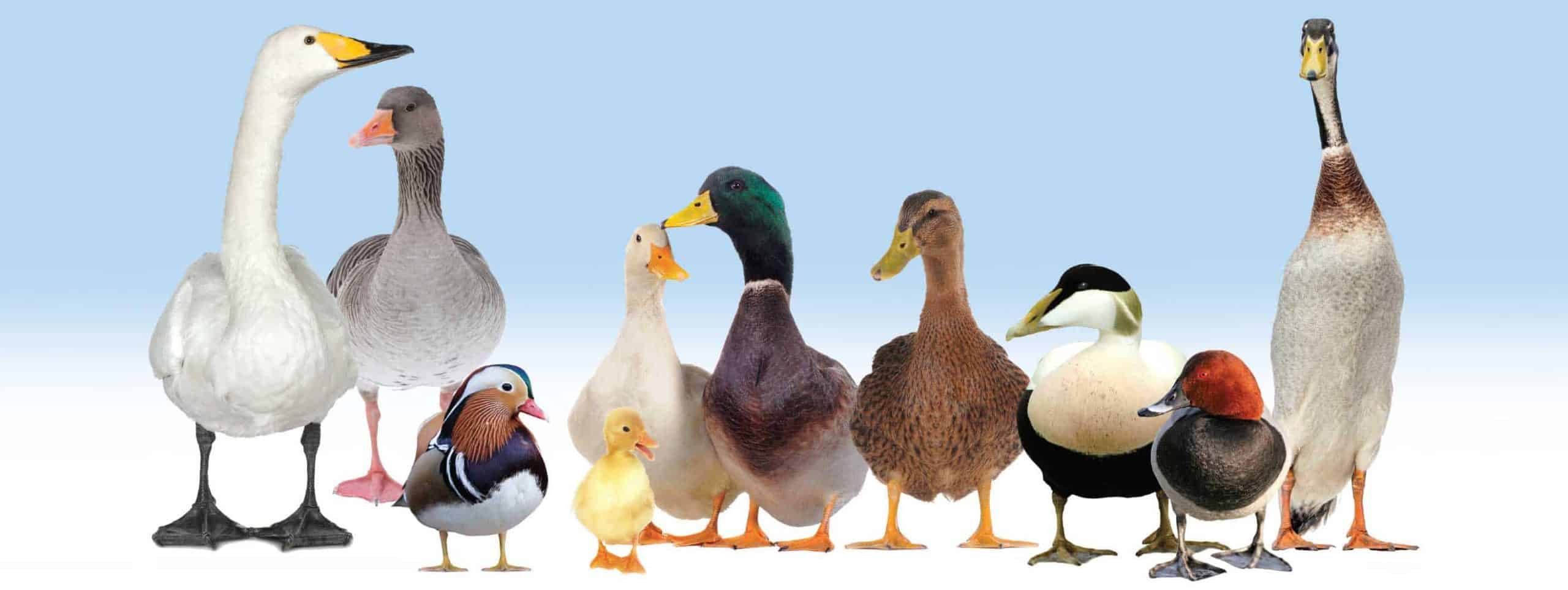Though familiar, we mostly tend to see wild Common Pochard (Aythya ferina) in winter. Populations from the breeding grounds in the steppes seek refuge in our slightly less harsh climate. Across Britain as a whole, the wintering population is about 70% males and 30% females, a more imbalanced sex ratio than any other wintering duck, but it varies with latitude from about 8:1 in the north of Scotland to 3:2 in southern England (Migration Atlas). With short daylengths in winter, they often feed at night, choosing to spend the daytime roosting away from danger. Around 500 individuals are thought to breed in the UK. There are probably as many breeding in aviculture here!
First year drakes sometimes have a suspended moult into their first winter. The bill does not get the sharp pattern and some of the juvenile covering tertials can get quite worn by the end of the season. You might see some brown juvenile feathers retained on the breast, rump and back. Toward the latter part of the winter, drakes will start their nuptial displays, and these continue on through migration back to the breeding grounds.



